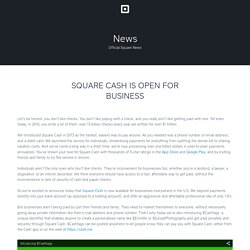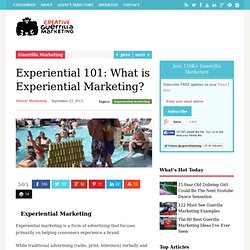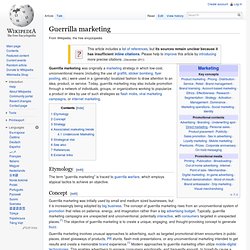

15 Statistics that Prove Email Marketing is (Still) Not Dead in 2014 - Capterra Blog. UPDATE: 2/4/2016 – And even a few years later, email marketing is still far from dead!

This article has been updated with new statistics to show just how crucial email marketing is and why every marketer needs to implement it into their strategy. Just like the latest fashion trend, marketers seem to always be changing their minds about the condition of email marketing: RIP email marketing. It’s totally alive and well! No, no, it’s dead. Wait, it’s ALIVE!! So, what’s going on? Here are some statistics and studies over the last few years that agree with my feelings about the future of email marketing: 1. 2. 33% of email opens occurred on an iPhone, while Gmail, second to the iPhone for opens, only accounted for 15% of those opens. 3. 4. 75% of Gmail’s 900 million users access their accounts on mobile devices. 5. 6. 7. 8. 10. 89% of marketers say that email is their primary channel for lead generation.
The Future of Sales Technology. Automatically unlock all company relationships. News and Press Releases. Let’s be honest: you don’t like checks.

You don’t like paying with a check, and you really don’t like getting paid with one. Yet even today, in 2015, you write a lot of them: over 13 billion checks every year are written for over $1 trillion. We introduced Square Cash in 2013 as the fastest, easiest way to pay anyone. All you needed was a phone number or email address, and a debit card. We launched the service for individuals, streamlining payments for everything from splitting the dinner bill to sharing vacation costs. Individuals aren’t the only ones who don’t like checks. So we’re excited to announce today that Square Cash is now available for businesses everywhere in the U.S. But businesses aren’t being paid by just their friends and family. We think $Cashtags are a fantastic marketing service that lets your customers, donors, fans, or even friends pay you quickly and securely.
Anyone can claim their $Cashtag today by downloading the app or visiting cash.me. Why Content Marketing and Social Media are a Powerful Match. Experiential 101: What is Experiential Marketing? Experiential Marketing Experiential marketing is a form of advertising that focuses primarily on helping consumers experience a brand.

While traditional advertising (radio, print, television) verbally and visually communicates the brand and product benefits, experiential marketing tries to immerse the consumers within the product by engaging as many other human senses as possible. In this way, experiential marketing can encompass a variety of other marketing strategies from individual sampling to large-scale guerrilla marketing. In the end, the goal of experiential marketing is to form a memorable and emotional connection between the consumer and the brand so that it may generate customer loyalty and influence purchase decision.
History and Development: Guerrilla marketing. Guerrilla marketing was originally a marketing strategy in which low-cost, unconventional means (including the use of graffiti, sticker bombing, flyer posting, etc.) were used in a (generally) localized fashion to draw attention to an idea, product, or service.

Today, guerrilla marketing may also include promotion through a network of individuals, groups, or organizations working to popularize a product or idea by use of such strategies as flash mobs, viral marketing campaigns, or internet marketing. Etymology[edit] The term "guerrilla marketing" is traced to guerrilla warfare, which employs atypical tactics to achieve an objective. Concept[edit] Strategy[edit] The guerrilla marketing promotion strategy was first identified by Jay Conrad Levinson in his book Guerrilla Marketing (1984).[1] The book describes hundreds of "guerrilla marketing weapons" in use at the time. Customer Experience is pushing the Marketing to a new level.
The role of marketing and communications in client experience is often underestimated, or even completely misunderstood.

This article defines “Augmented Connection” and its implications for client experience, which pushes marketing to become more original and creative. ► The Rise of Augmented Connection One of the objectives of communications has always been to create, in the target audience, a positive feeling towards a product/service or its brand. With the development of direct marketing, then the rise of social networks, brands are directly engaging in dialogue with their consumers: the connection is created. Today, through this connection, brands are looking to gain the esteem of their clients, even “Brand Love”.
What one must comprehend is that customer experience has taken centre stage. In the search for buzz and “going viral”, marketing has become more and more digital (digital reality, digital utility, digital culture) . ► Brand Utility: The Offline Pillar of Augmented Connection.